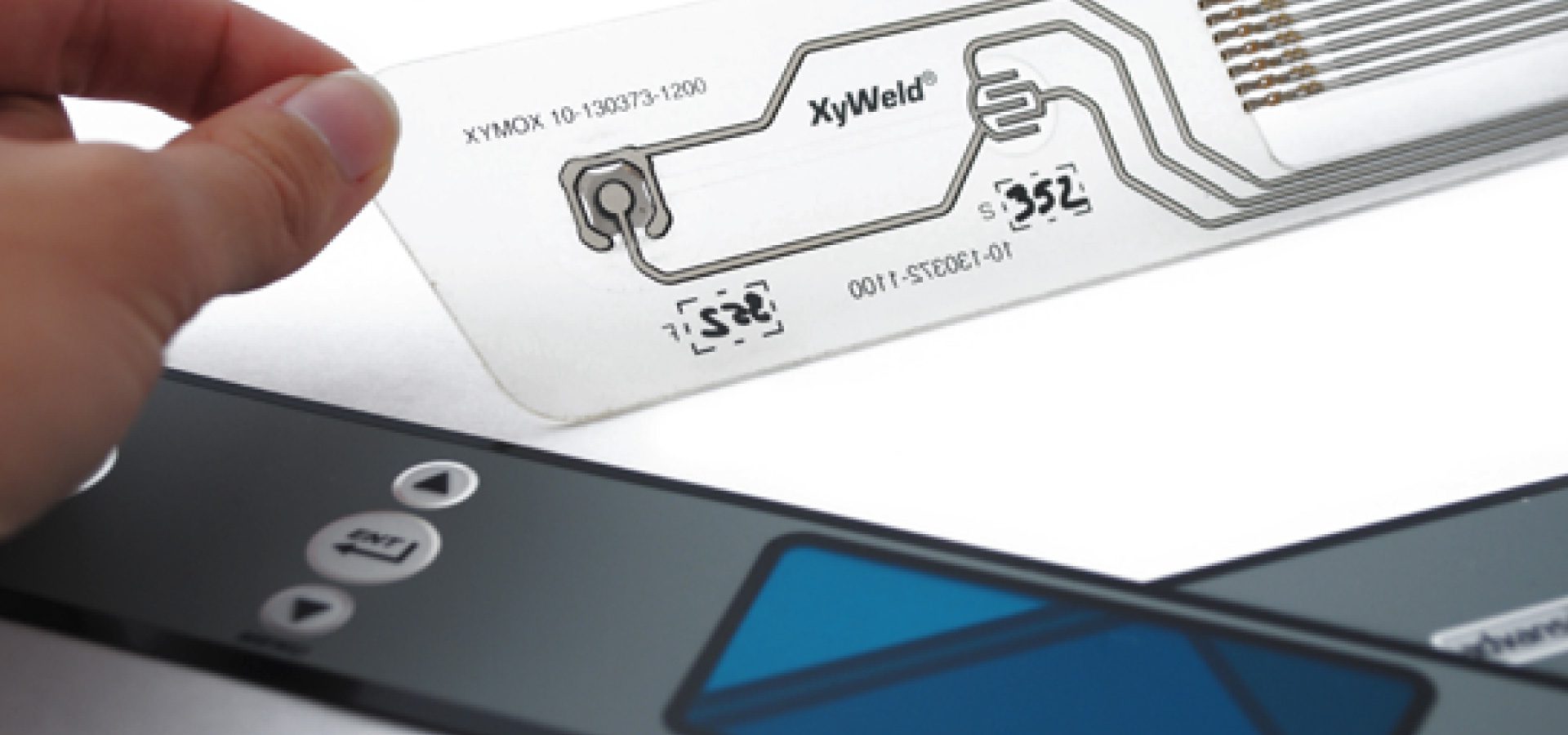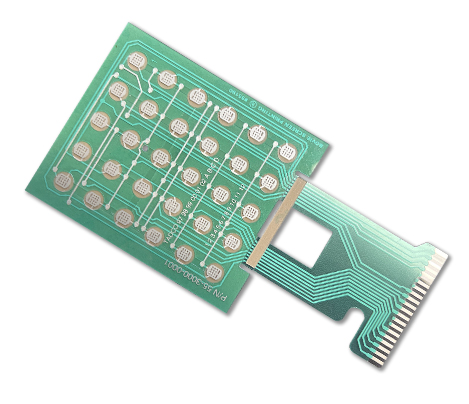Discover the Flexibility and Durability of Membrane Switches in Modern Electronic Devices
Discover the Flexibility and Durability of Membrane Switches in Modern Electronic Devices
Blog Article
Membrane Switches Explained: A Comprehensive Guide to Their Benefits
Membrane layer switches stand for a flexible and advanced service for producing interface throughout a variety of industries. Their multilayered layout not only guarantees capability through simple pressure however additionally provides considerable benefits, such as toughness and customization. As industries progressively look for efficient and trustworthy control interfaces, comprehending the specific advantages and applications of membrane switches becomes necessary. Nevertheless, the ins and outs of their design and execution present distinct obstacles that benefit more detailed exam. What elements should be considered to completely utilize their possibility in modern applications?
What Are Membrane Switches?

When pressure is put on the membrane layer switch, the layers make call, finishing an electrical circuit. This straightforward mechanism permits a wide array of applications, from customer electronics to commercial machinery. Membrane layer switches are commonly created to be immune and waterproof to dust and impurities, making them appropriate for settings where resilience is important.
In addition, the versatility of the materials made use of in membrane layer switches promotes cutting-edge layouts that can adapt different forms and measurements. This versatility adds to their popularity in varied areas, including clinical devices, auto controls, and home appliances. On the whole, membrane layer switches over stand for a vital aspect in modern-day interface innovation, connecting the void between customers and electronic systems.
Trick Advantages of Membrane Layer Switches
Among the myriad of interface alternatives offered, membrane layer changes stick out for their special mix of advantages. One of the main benefits is their small and light-weight design, which permits integration right into a vast array of devices without including substantial mass. This is particularly beneficial in applications where room is limited.
In addition, membrane changes offer longevity and resistance to environmental factors. They are usually created with products that can hold up against wetness, dirt, and various chemicals, making them appropriate for severe problems. This toughness adds to a much longer life-span contrasted to typical mechanical switches.
An additional considerable advantage is the adaptability in personalization. Membrane switches can be printed with different graphics, colors, and appearances, permitting tailored designs that meet certain branding or useful requirements. This flexibility reaches the number of layers and circuit options, offering designers with numerous setups.
Additionally, the tactile comments provided by some membrane layer switches boosts individual experience, making them extra intuitive to run. The ease of cleaning and upkeep even more solidifies membrane layer switches as a functional selection in both consumer and commercial applications. Overall, these essential benefits make them a favored remedy for several developers and manufacturers
Applications in Various Industries
How do membrane switches discover their place throughout diverse sectors? Their convenience and capability make them essential components important source in markets varying from health care to consumer electronics. In clinical devices, membrane switches are used for their convenience of cleaning and resistance to contamination, making sure hygiene in environments where sterility is essential.
In the consumer electronics see sector, these switches supply smooth, easy to use user interfaces that boost item aesthetics while preserving toughness against wear and tear. Automotive applications take advantage of membrane layer switches as well, where they are utilized in dashboards and control panels, using dependable performance in challenging conditions.
Additionally, industrial machinery uses membrane buttons for control board due to their robustness, ability to endure harsh settings, and customizable styles that deal with particular operational requirements. The food industry leverages membrane layer switches for their simplicity of usage and resistance to spills, ensuring functional efficiency in busy setups.
Ultimately, the flexibility of membrane layer switches over across these diverse applications underscores their vital function in modern technology, enhancing user communication while satisfying industry-specific demands. Their proceeded advancement assures additional integration into emerging areas and ingenious products.
Design and Personalization Options
The layout and personalization options readily available for membrane buttons are vital for tailoring user interfaces to fulfill details individual demands and aesthetic preferences. These buttons can be created in various forms, sizes, and formats, enabling smooth integration right into diverse applications. The versatility in style implies that manufacturers can produce unique user interfaces that boost use and preserve brand name identity.
Custom graphics, colors, and appearances can be put on the surface area of the membrane switch, offering an opportunity for branding and individual interaction. In addition, backlighting options, such as LED lighting, can be included to improve exposure in low-light problems, hence boosting functionality.
Practical aspects can additionally be customized, including tactile comments and actuation pressure, which can be gotten used to match different individual interactions. The selection of products, such as polyester or polycarbonate, permits variations in durability and environmental resistance, accommodating the certain demands of various markets.
Inevitably, the extensive design and personalization capacities of membrane layer buttons allow business to produce aesthetically appealing and user-friendly user interfaces, ensuring that their items fulfill both visual and practical requirements successfully. Membrane Switches.
Considerations for Execution
Carrying out membrane layer switches requires mindful consideration of numerous variables to guarantee optimal find more functionality and individual experience. Aspects such as direct exposure to wetness, extreme temperature levels, and chemical materials can significantly impact the switch's performance and durability.

One more crucial facet is the switch's style and format. Making certain that the responsive responses and actuation pressure straighten with customer assumptions improves usability. Performing customer screening can supply useful understandings right into the optimum layout.
Furthermore, compatibility with electronic components have to be analyzed. The button's circuitry should straighten with the total system style, making sure trusted signal transmission and decreasing interference.
Moreover, production approaches and expenses should be evaluated. The selection between custom layouts and conventional models can lead and affect both budget time.
Last but not least, take into consideration repair and maintenance. Membrane layer buttons might need specific cleansing and care procedures to maintain their look and functionality gradually. By dealing with these factors to consider, organizations can apply membrane buttons that meet their functional needs while giving a positive individual experience.

Final Thought
In final thought, membrane switches over stand for a durable and functional control user interface suitable for a vast array of applications throughout multiple industries. Membrane Switches. As modern technology continues to evolve, the relevance of membrane layer switches in modern-day gadgets remains significant, providing both functionality and visual allure.
Membrane layer changes stand for a functional and innovative service for producing user interfaces throughout a range of sectors.Recognizing the fundamental parts of modern electronic interfaces, membrane buttons are a kind of individual interface tool that consist of adaptable, thin layers of material. On the whole, membrane switches represent a critical element in contemporary customer interface modern technology, bridging the void between individuals and digital systems.
Amongst the myriad of individual interface alternatives available, membrane changes stand out for their one-of-a-kind combination of benefits.The design and personalization alternatives available for membrane buttons are important for customizing user interfaces to fulfill specific user demands and aesthetic preferences.
Report this page